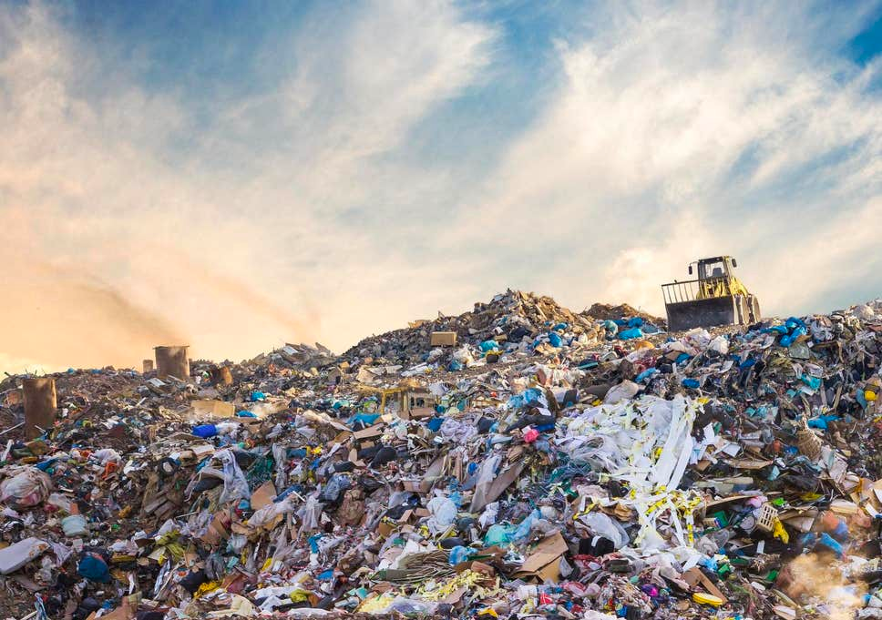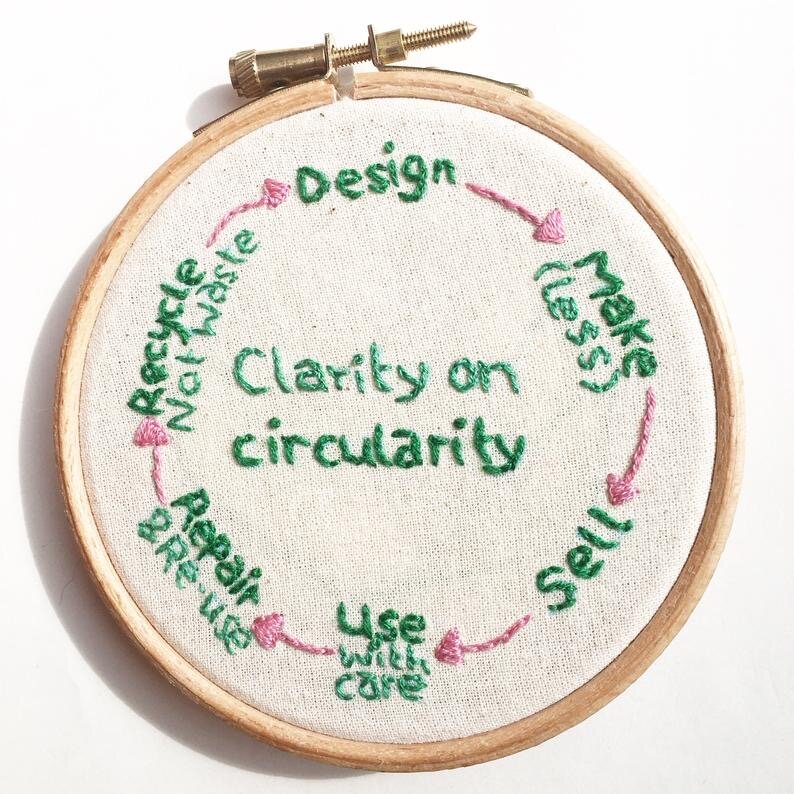Jun 18
What is sustainable, ethical & ‘slow’ fashion?

Let’s talk about fashion production and consumption. In recent years people have become increasingly aware of the environmental impacts of the fashion industry. Not only does the production of fast fashion pollute rivers, consume huge quantities of water and cause deforestation, but it also leads to huge amounts of textile waste. As consumer interest towards transparency in the supply chain increases, words like ‘sustainable’, ‘ethical’ and ‘slow fashion’ become often touted by apparel brands and on social media. But do you know what these terms really mean? Are they interchangeable? What is the difference between ethical and sustainable cotton? If a brand is sustainable, is it also slow fashion?
As you may have noticed, brands that use these terms often attach different meanings to them, which contributes to the sense of vagueness surrounding this topic (note: we’re also not going to tackle the topic of greenwashing in this article, as it definitely deserves one of its own). We know that this can be confusing so we are here to break them down for you.

Sustainable Fashion: Environmental sustainability means ‘causing little or no damage to the environment’ and therefore ‘being able to continue for a long time’. As you may have guessed, sustainable fashion aims to decrease the impact that clothing production has on the environment. This can include many changes in all aspects of a brand- from the many steps in their supply chain and the product’s packaging, to the way it is sold and distributed. Sustainable fashion is conscious of the effect of pesticides on the environment, the type of dyes used for textiles and their disposal, as well as reducing energy and water consumption. Sounds like a mouthful? It is, but it’s a very important one. The tech and fashion industries have been working together for a long time to engineer new innovative materials to replace ‘conventional’ polluting textiles. Instead of polyester and nylon, we now have pineapple leather, fabrics made with recycled plastic and see an increased use of organic fibres. Additionally, instead of using single-use plastic packaging, many brands opt for paper and card ‘planet-friendly’ packaging. Long story short- the less plastic, the better.
While the most sustainable thing would be to not produce anything at all, it is undeniable that beautiful good quality products and the stories they tell make our lives just that little bit more fun and exciting. Fashion by default is damaging to the planet, but it enables us to express ourselves in a way that other forms of art or design can’t. The garment industry has been and will be around forever (or until we learn to summon and materialise our clothes from thoughts in a matter of seconds), so it has a responsibility to adapt and make changes to its production cycle to ensure maximum sustainability.

Ethical Fashion: Although ethical and sustainable fashion are often used interchangeably, the two have slightly different meanings. While sustainable fashion focuses more on the longevity and ability to, well, sustain a practice, ethical fashion generally focuses more on what is ‘morally right’ in regards to the treatment of the planet, humans and animals. This means that animals are treated with dignity (or ideally, not involved in the process at all), cotton is grown and processed in the least damaging way for the environment, and workers who manufacture the clothes work in a safe environment or factory which pays fairly for their efforts. Sustainable fashion can also be considered ethical- minimising the environmental impacts of making clothes is also an ethical issue. After all, both stand for fair treatment of the planet and the ones who inhabit it, so supporting either cause (and making it the default setting for everything we do) is essential.

Slow Fashion: This term is the opposite of ‘fast fashion’ and is used to describe a movement that reduces consumerism whilst still designing, creating and buying clothing for quality and longevity. It encourages slower production schedules, smaller and less frequent collections (think opposite of what Zara is doing with their 48356 seasons a year) and a reduction of textile waste, all while respecting the environment, animals and people all the while. Also, the slow fashion philosophy usually advocates for shopping from small local producers who use local eco-friendly materials, buying vintage or higher quality garments that last longer, as well as repurposing old garments & accessories. Thus, slow fashion is also considered to be ethical and sustainable.
Takeaways: As you can see, these three terms tend to overlap quite a lot, but they each have specific nuances attached to each of them. To recapitulate (or for the “too long; didn’t read” gang) sustainable fashion usually refers to the impact of production on the environment; ethical fashion pertains to environmental equity, animal and human rights; and slow fashion is a consumer mindset in which sustainability and ethics are key decision metrics. Hopefully we’ve cleared this up for at least some of you, and even more importantly- hope that this will inspire you to integrate these philosophies or habits into your own consumer habits.